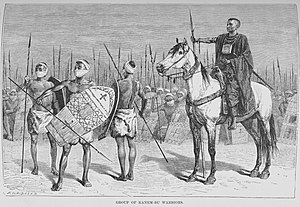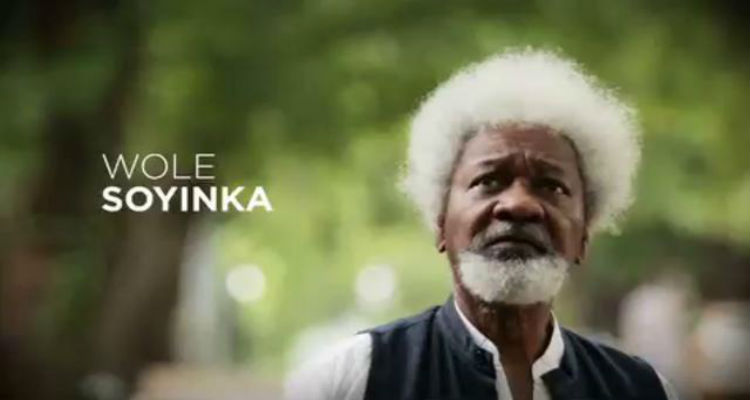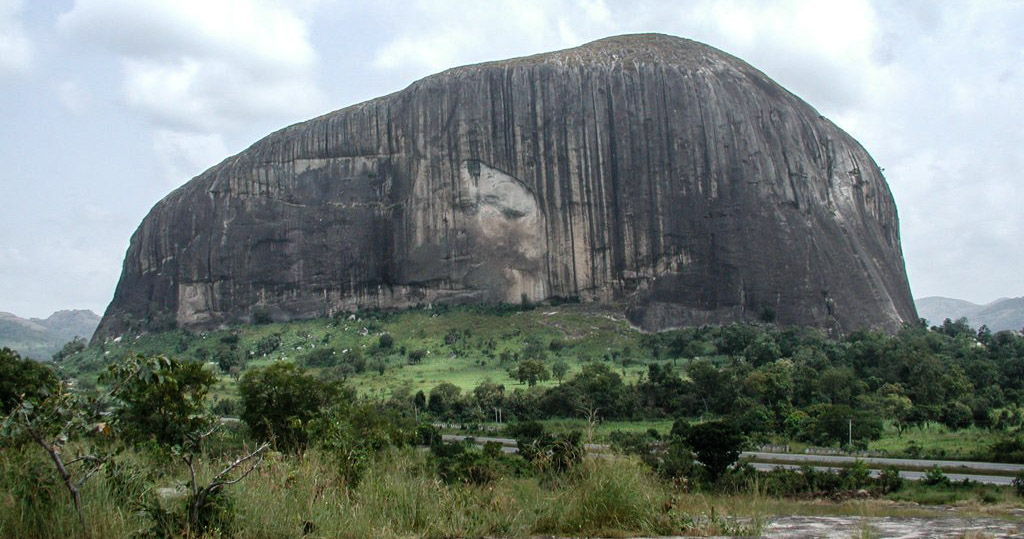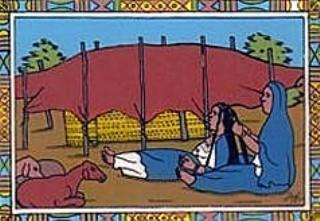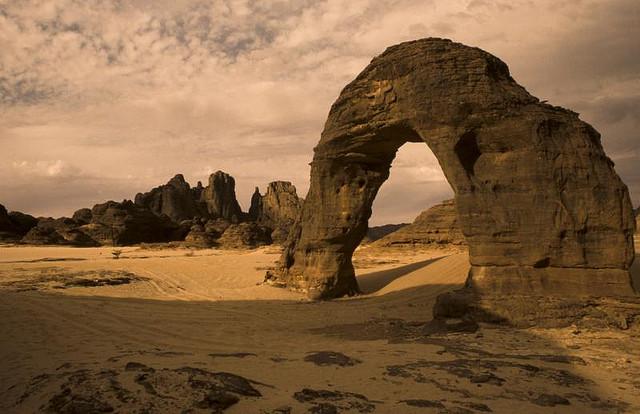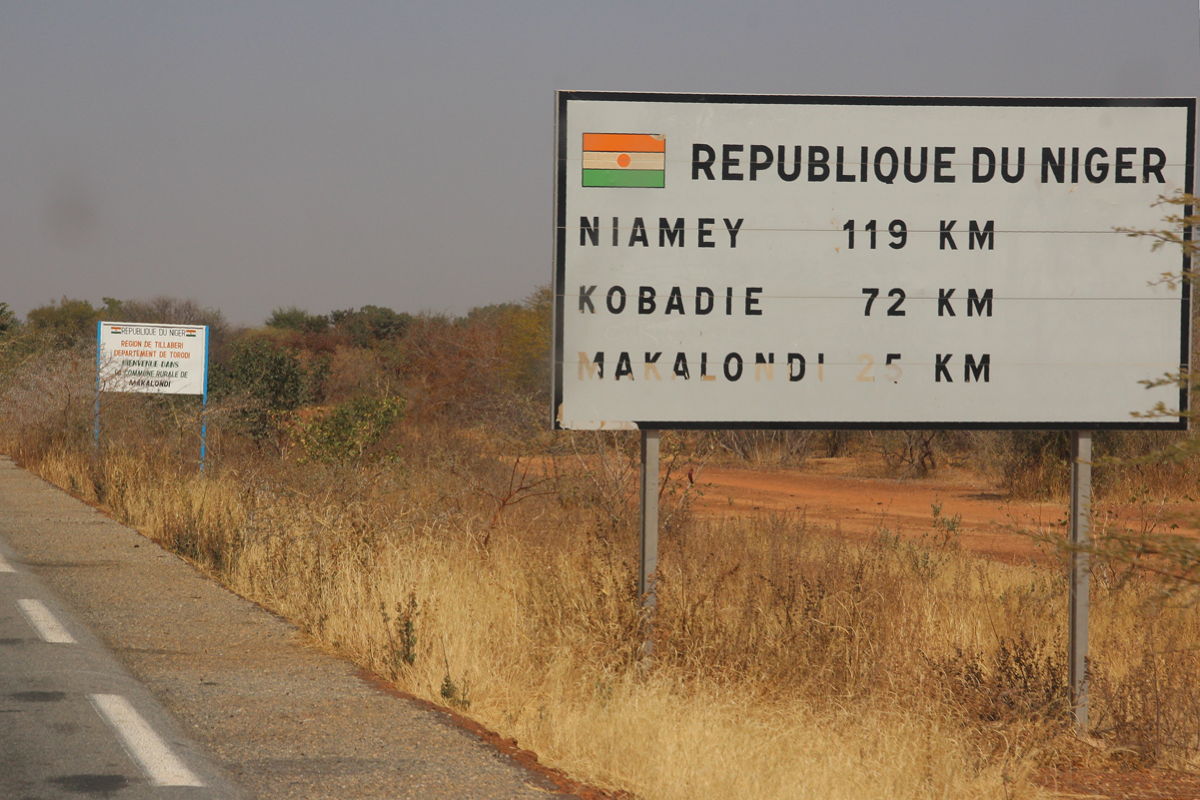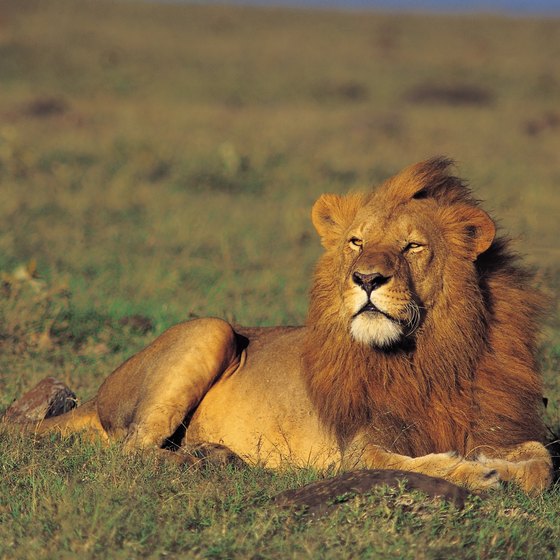Nigeria’s art traditions go back thousands of years. And while
some of it was tied to religious purposes, there are many objects that are used
for everyday purposes. Different tribes in Nigeria excelled at different arts,
although there are many traditions that span the entire region.
Archaeologists have found evidence of pottery dating back to
100BC and terra cotta wares from about 800AD. Many of these pots have
complicated carvings on them. In many cultures, the potters were women. Terra
cotta was also used to make sculptures, but these statues and figurines were
also made from other materials such as bronze, brass, and ceramic. The
Nigerians also made masks out of bronze and copper as well.
Masks were also an important part of Nigerian culture. Most of
these masks were made from wood and painted in a variety of styles. The Yoruba
masks are probably the most well known (or at least the most well preserved).
It’s thought that if you wear these masks at funerals or other ceremonies, then
it appeases the gods. (Or at least your introvert soul.)
Nigerians are also known for their brightly colored cloths. The
dyes are made from a number of natural plants in order to get the color they
are looking for. There are differences in the dying and weaving techniques
among different tribes. Of course, there are other smaller carvings and
handicrafts that are also created by Nigerian artists: woodcarving, ivory
carving, and woven baskets are also commonly found in the home.
There are many Nigerian artists who are quite known for their
work in a variety of mediums. A few of the more prominent ones today include
Victoria Udondian (painter, fashion designer), Emeka Okereke (painter,
photographer), Adamu Waziri (animator for Bino
& Fino), Karl Ohiri (photographer), Wura-Natasha Ogunji (performance
artist), Lucy Azubuike (photographer, performance artist), Marcia Kure (painter),
Adaku Utah (performance artist), Otobong Nkanga (photographer, painter,
performance artist), and Nnenna Okore (sculptor).
Literature in Nigeria is mainly written in English, but there
are many writers who write in a number of other regional languages like Hausa,
Urhodo, Igbo, and Yoruba. Scholars have divided Nigerian literature into four
periods. The earliest is known as the 14 Kingdoms (from about 10th–19th
century), followed by the Sokoto Period (19th–20th
centuries), Colonial Period (early part of the 20th century), and
the Post-Independence Period (latter part of 20th century to today).
There were many writers who emerged from the earliest period
who laid the groundwork for writers for centuries to come. Some of the most
important writers to emerge from this period include Ibn Furtu (late 1500s),
Muhammad ibn Masani (1600s), Abdullahi Suka (1600s), and Sheikh Jibril ibn Umar
(1700s).
Today, there have been many 20th and 21st
century writers who have had a tremendous impact on not on Nigerian and
Anglophone literature in and of itself but on an international level as well. Probably
one of the most well-known authors from Nigeria is Chinua Achebe. I (and
probably most college English majors) had to read his famous novel Things Fall Apart. And while I tried to
fake my way through the book at the time (that’s what you get when you double
major in English and Music), I went back years later and re-read it for real.
And I ended up reading No Longer at Ease
and Arrow of God after that. He’s
sometimes referred to as the Father of Modern African Literature. In 2007, he
was awarded the Man Booker prize for his lifetime achievement and influences to
African literature.
Another Nigerian author worth mentioning is Wole Soyinka. He
has written many plays but also several memoirs, poetry collections, essays,
and a couple of novels. Although he mainly writes in English, he is a Yoruba
speaker. Soyinka was recognized for his contributions to literature in 1986 as
he accepted the Nobel Prize for Literature. This made him the first African to
be awarded this prize.
Up next: music and dance





